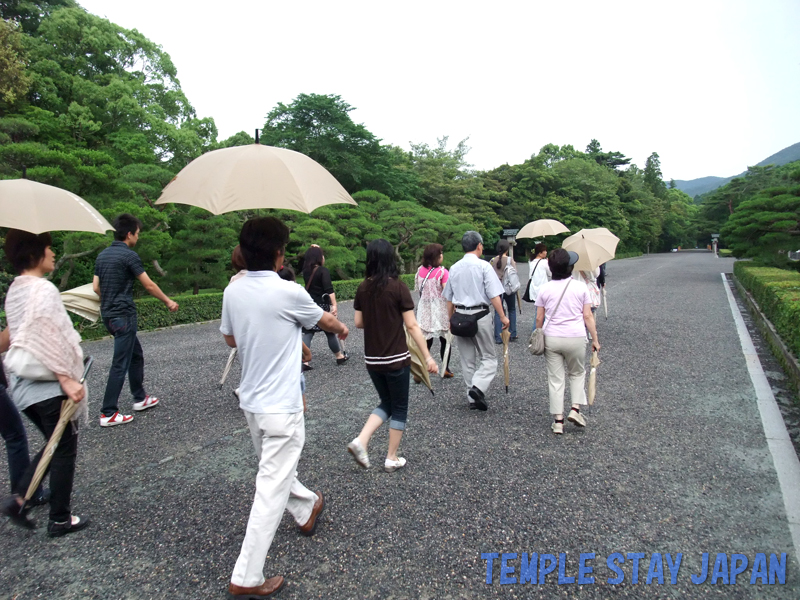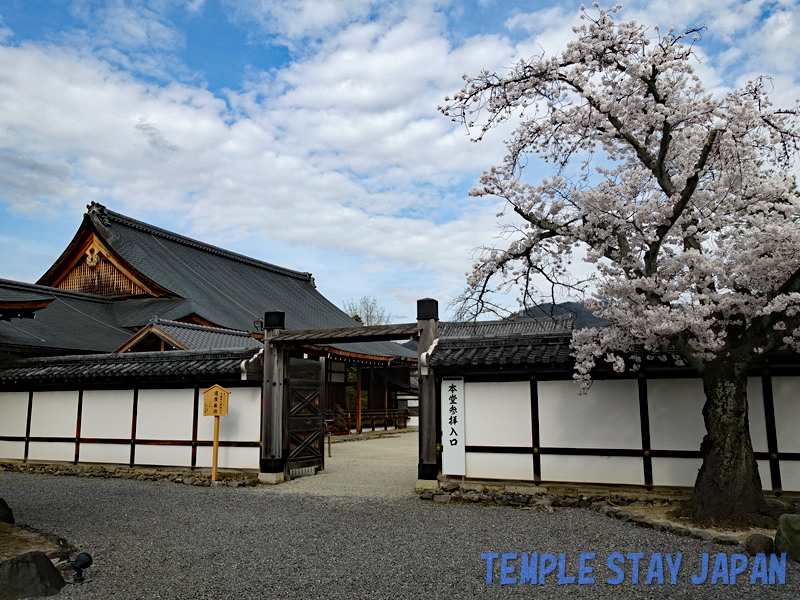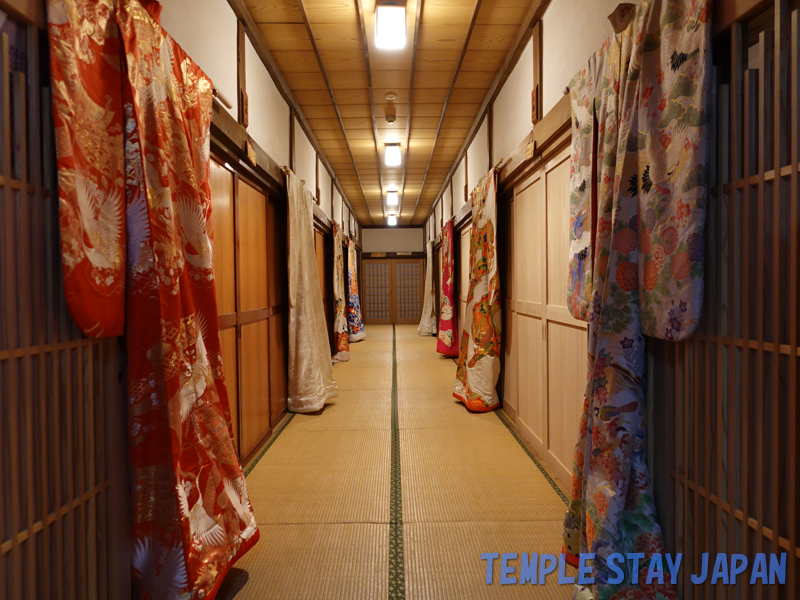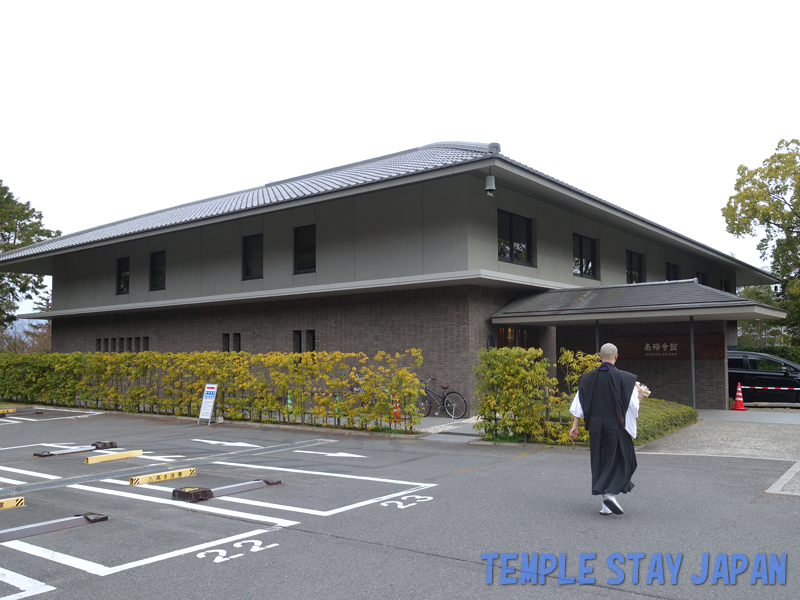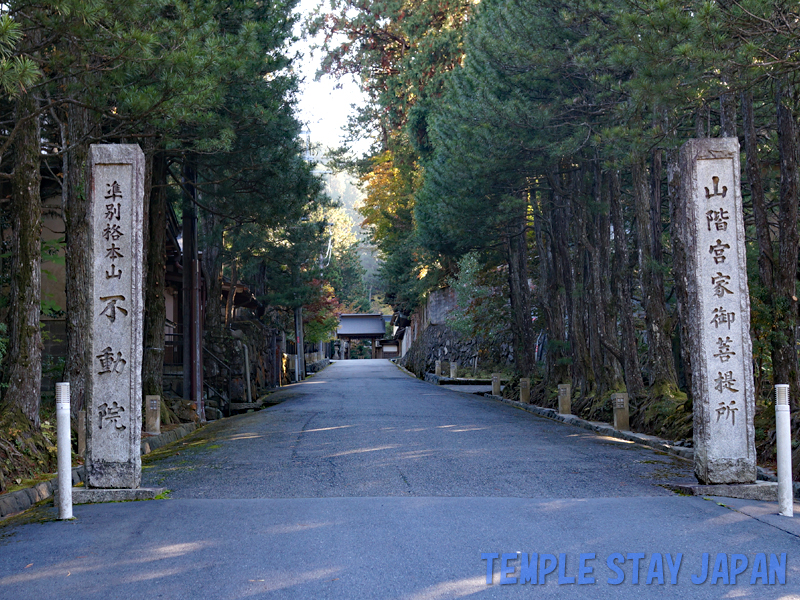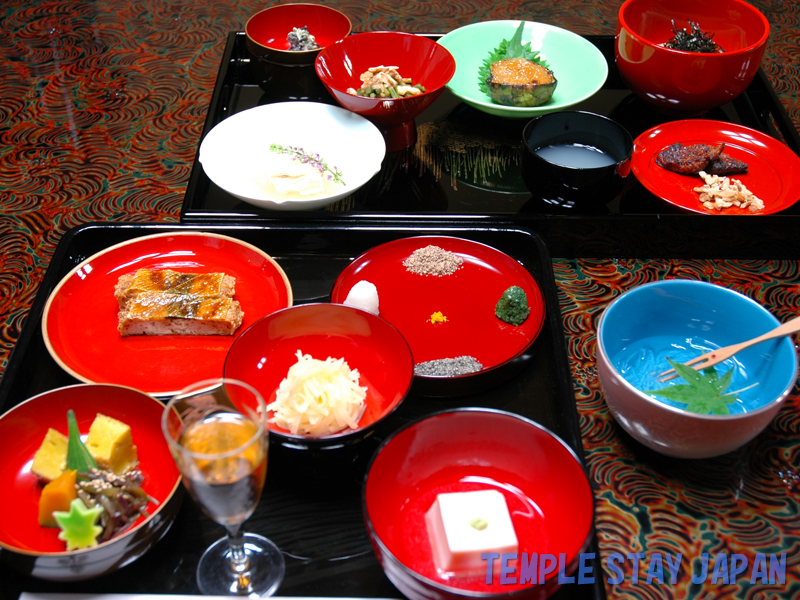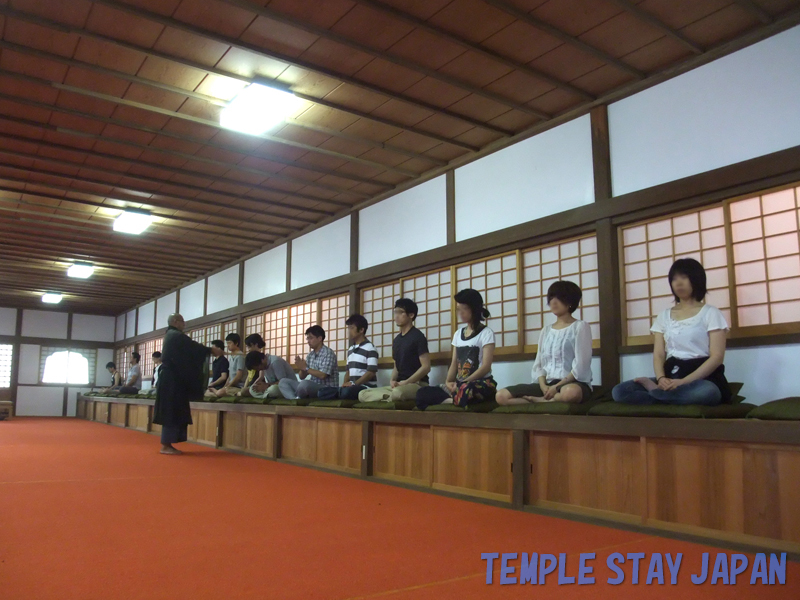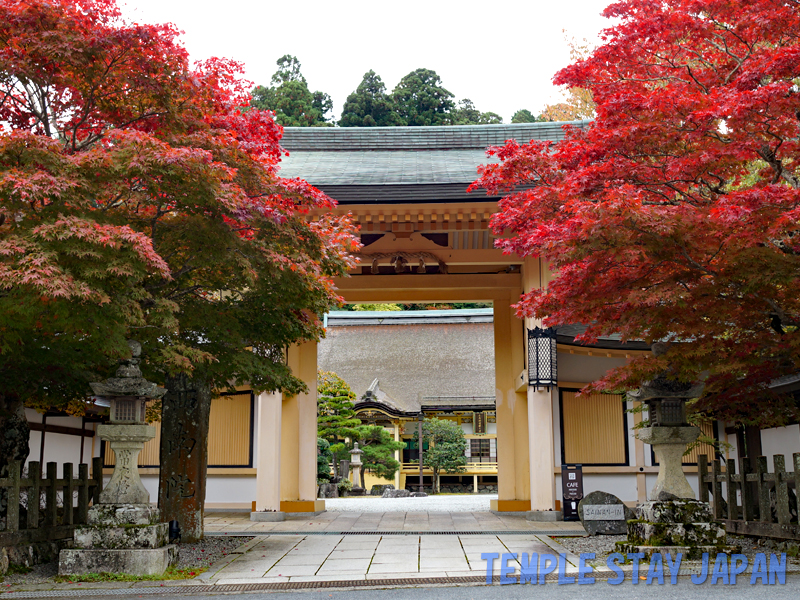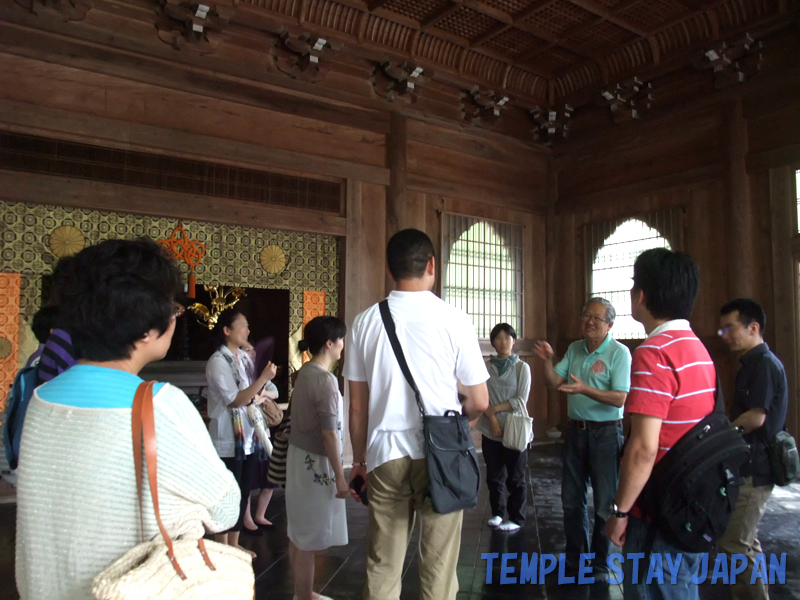stay– category –
-

Jingu-Kaikan shrine stay (Mie)
Ise-Jingu Shrine is the most prestigious of the approximately 80,000 shrines in Japan. Jingu Kaikan is a lodging facility run by the Ise-Jingu Shrine Worship Association. I was guided by the staff of Jingu Kaikan to visit Ise-Jingu Shrine. It was a lot of fun because the staff explained things to me at each location. -

Toji-Rakunan-Kaikan temple stay (Kyoto)
Toji Temple was built around 1,200 years ago when the city of Kyoto was established. The shukubo was three stories tall and old, but it had been renovated and was clean. From the window, I could see the illuminated five-story pagoda directly in front of me, which was wonderful. -

Shogoin-Gotenso temple stay (Kyoto)
Shogoin Monzeki is a temple founded in 1090 and is the head temple of the Honzan Shugen sect. Gotenso is a shukubo located within the temple grounds. Morning service begins at 6am. After the service is over, you can view the various halls, sliding door paintings, gardens, etc. -

Kakurinbo temple stay (Yamanashi)
This is a shukubo of Minobusan Kuon-ji temple. The shukubo people were very kind and they served good food. Also, the Japanese garden of Minobu Town, which is designated as a cultural asset, is very beautiful. It is a must see. I felt as if my mind had been purified while I was leisurely watching the scenery. -

Nanzen-Kaikan temple stay (Kyoto)
Nanzen-ji temple is the head temple of the Nanzen-ji school, Rinzai sect. It is one of the largest classes of temples in Kyoto, which ranks it above the five temples in Kyoto. It seems that a young priest is managing the lodging alone. He treated me with adequate hospitality and I was able to stay comfortably. -

Fudoin temple stay (Wakayama)
Fudoin Temple was founded in 906. It is located in the town of Koyasan. The room I stayed in was a 12 tatami room on the first floor of the new building. The buddhist vegetarian cuisine was very delicious. I attended the morning service and it was a very good experience. -

Konokonbo temple stay (Nagano)
Konokon-bo is the oldest and highest among the many temple lodgings of Zenko-ji temple. Its special shojin vegetable dish, "Muryojyu" is very popular among guests. In the morning, you can observe the morning services held in Zenko-ji temple. The guest rooms are comfortable Japanese style room. -

Taiyoji temple stay (Saitama)
This is a temple located in the mountains with no people living within a 5km radius. It is designated as one of Chichibu's thirteen sacred places of Buddhism. They offer accommodation as a shukubo and zazen practice at the zen hall. They also serve shojin vegetarian cuisine. -

Sainanin temple stay (Wakayama)
Sainanin is the shukubo closest to the Daimon Gate of Koyasan. The meal is traditional Japanese multi-course meal that makes use of seasonal ingredients. Most of the rooms have a view of the garden. Yukata robes, towels, and toothbrushes are provided. Those who wish can perform copying of sutras. -

Hokoji temple stay (Shizuoka)
Hokoji Temple was founded in 1371 and is the head temple of the Hokoji school of the Rinzai sect of Buddhism. I checked in at the reception desk near the main hall and a monk showed me to my room. The grounds are a very vast facility and I was impressed.

